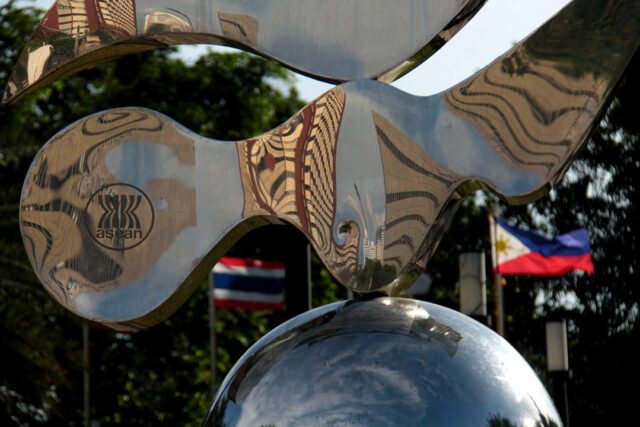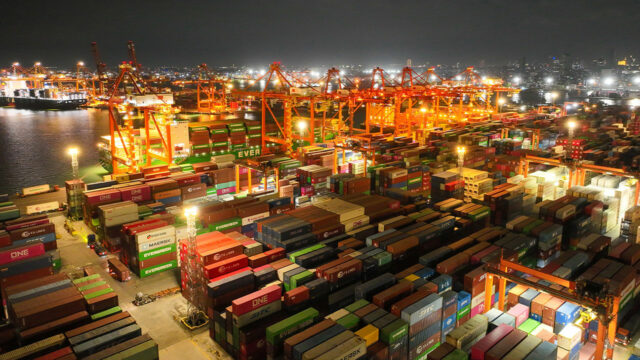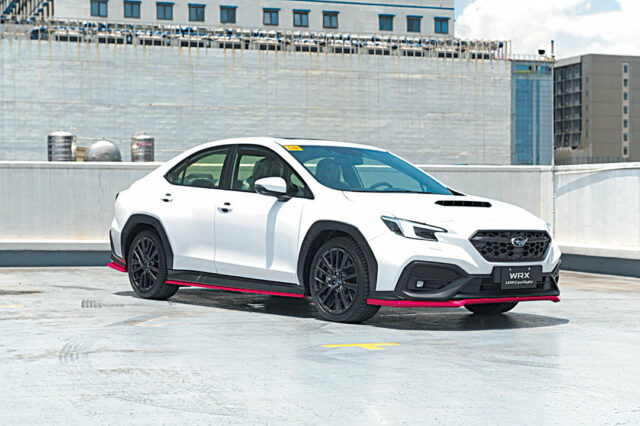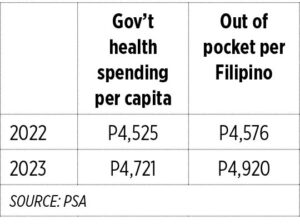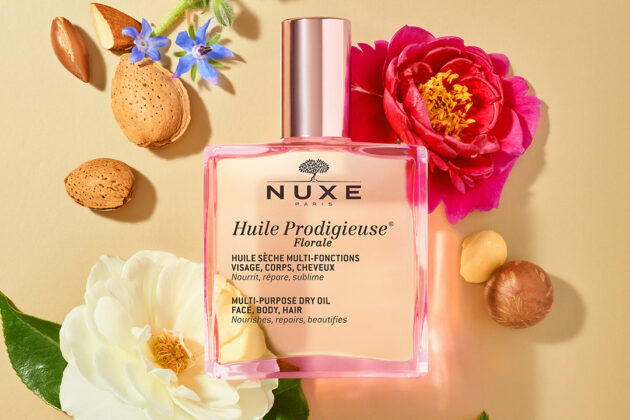Celebrity handbag brand Rodo now in the Philippines
KENDALL JENNER, Jennifer Lopez, Jenna Ortega, Eva Longoria, Julia Roberts — Rodo, a heritage Italian brand, certainly has a mouthwatering list of clients. Filipinos can now own some of the bags, for the brand is now in Rustan’s.
On May 16, Rodo’s Chief Executive Officer and owner Gianni Dori was at Rustan’s Makati flagship to open a pop-up featuring his family’s handbags. The brand was started by his father Romualdo (the first two letters of his name form the brand) in 1956 in Italy, specializing in handbags made of wicker.
Immediately after the privations of the postwar period, many Italian brands formed iconic products due to shortages: think of Nutella padding out chocolate with hazelnuts, or Gucci making handles out of bamboo. Mr. Dori, in an interview with Businessworld, recalled that before his father, wicker was used for baskets and hampers, but, “My father had this very new idea in the ’50s to use this technique to make handbags.” In recent years, while producing top-quality handbags in leather, they’ve paid tribute to their roots by producing shoes with wicker details. “I think it’s very important in these days to really maintain an identity of your own brand,” he said.
To this day, everything they make is made in Italy. “Everything is made in Italy… this for us is synonymous with quality.” In the same way, the company is still owned and operated by the family, unlike many of their Italian contemporaries who have since been swallowed up by conglomerates. “I think that you can still maintain certain values on a very high level,” he said. Next year, the company celebrates 70 years since its founding — the Italian government is awarding them next year for their long heritage. “We have been able to do this because of the passion that me and my brother have put into this business — and now, my son and my niece, they’re going to follow the same.”
“You need a passion to do this business.”
While we have a list of some of Rodo’s most public celebrity clients, he says about the woman who chooses Rodo: “Our customer is someone who is not looking for logos — they appreciate the quality and the beauty of the design of Rodo.”
He remembers his father hosting a group of wealthy Japanese women at their home. One of them, a wife of the head of a Japanese watch brand, was asked by the senior Mr. Dori why she didn’t wear logos. The Japanese woman said, “Mr. Dori, my taste level is good enough that I don’t need any of them.”
Catch Rodo’s handbags and shoes at Rustan’s Makati — the pop-up displays include photos of the celebrity who wore that particular handbag. — JL Garcia










